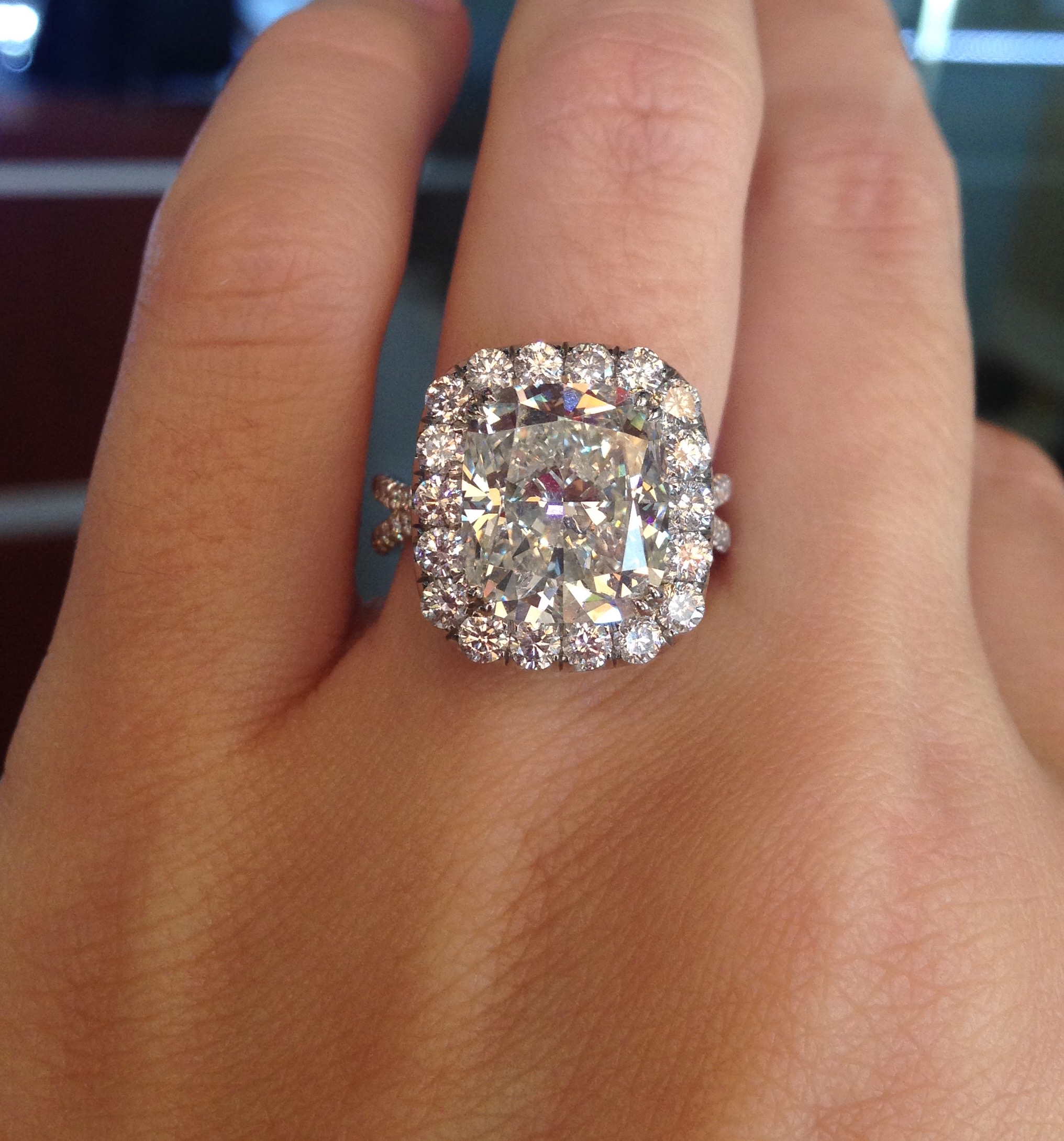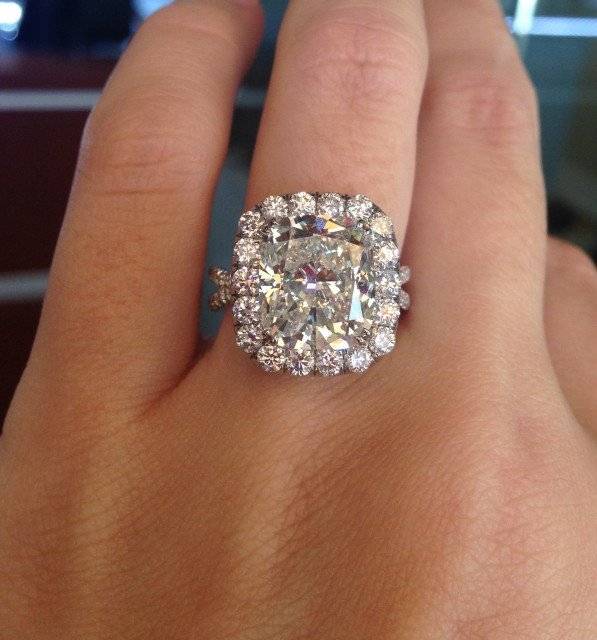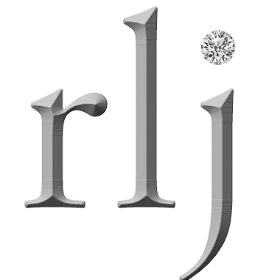Diamond Grading Games

Last fall, Rapaport (the online diamond marketplace) banned EGL certified diamonds. What are EGL certified diamonds? They’re diamonds graded by the European Gemological Institute, one of the handful of diamond grading labs. These labs exist to certify diamonds based on grading criteria including a variety of factors, but primarily the 4 C’s:
The two biggest labs in the diamond grading game are GIA (Gemological Institute of America) and EGL. A certificate from one of these independently operated labs ensures that you’re getting what you’re paying for and buying what your jeweler says you are – most of the time. However, GIA has a distinct advantage over EGL: it’s more trustworthy.

GIA established and maintains the global standards for diamond grading. Their labs around the world are consistent, their grades reflect their integrity, and they’re the final word, really, in diamond certification. EGL is also very popular, and its American labs can reliably grade diamonds in a trustworthy manner. Not so much for their international labs. And this is why their diamonds got banned.
Because an international EGL lab might have more, ahem, lenient grading standards than their American counterpart (and definitely GIA), unscrupulous diamond dealers and jewelers took advantage of this sliding scale. Sending a diamond to EGL, rather than GIA might get them a certified diamond with inflated grades and the resulting higher price point.

We don’t like to play those diamond grading games. We no longer purchase EGL international diamonds, at least not for their certificate value. We have a GIA Graduate Gemologist on staff, and after 30+ years in the biz our buyers can spot a fluffed up J color, VS1 when they see one. They won’t pay for that stone at the certificate’s purported value.

This is important because it shows how – while important to some people – certificates still matter less than who you’re buying from. A trustworthy jeweler won’t purchase a subpar diamond and pass the buck onto you. With these “fluffed up” diamonds, it’s so obvious that there’s slight of hand going on. If you put an EGL international diamond next to a GIA diamond with the “same” grades, even a first time diamond shopper can spot the issues – they’re so wildly different.
So when we purchase an EGL International “F” color, “VVS” clarity diamond, we know to pay less for it and price it lower than a GIA stone with those actual grades. And we explain to our customer that there’s some over-grading going on. An EGL diamond with those supposed grades is still a great diamond, it’s just likely closer to a G/H color VS clarity diamond from GIA. Those, if you read our blog, are great grades we highly recommend for a good deal. And we also explain to our customers that GIA diamonds aren’t always the best diamonds – they just are what they say they are.

Comments are closed.